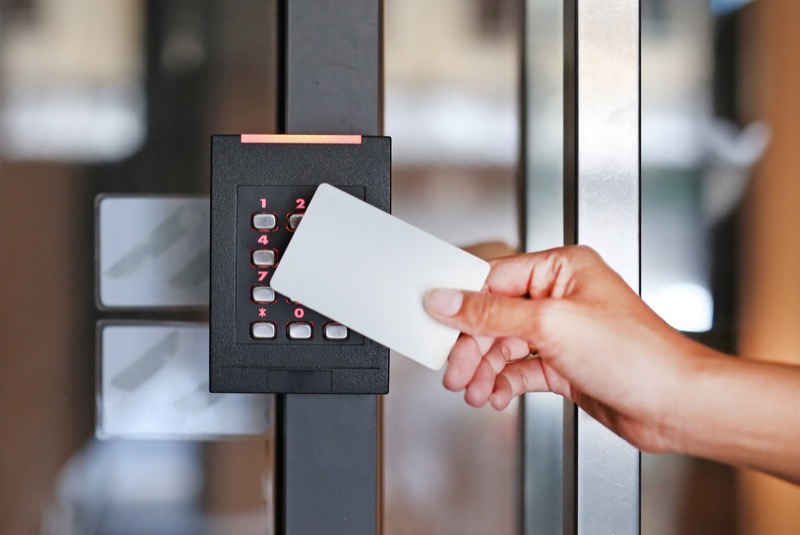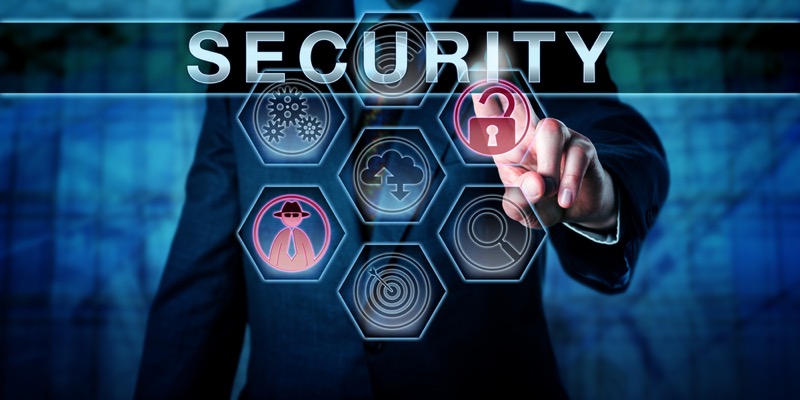Physical Access Control Systems: Enhancing Security in the Modern Era
The security landscape has undergone a transformative change in recent years. With growing concerns over breaches and unauthorized access, organizations are seeking sophisticated solutions to address these threats. Enter the Physical Access Control System (PACS) – a blend of technology and security that promises unparalleled protection.
This guide will provide an in-depth look into PACS, highlighting its components, importance, and real-world examples.
What is a Physical Access Control System?
At its core, Physical Access Control Systems (PACS) is a security solution that manages and restricts who or what can access locations and resources. While traditional locks and keys offer some level of security, PACS introduces technology-driven measures, ensuring enhanced protection.
For example, a renowned tech company, Google, utilizes PACS to ensure that only authorized personnel can access their data centers, protecting the vast amounts of user data they handle daily.
Components of a Physical Access Control System
The functionality of PACS is attributed to its various components, each offering a unique level of protection.

Access Cards
Imagine access cards as your credit cards’ security counterparts. They carry vital credentials, often stored on a chip, magnetic stripe, or an embedded digital format. When users approach an access point, the system verifies their card’s data against a central database to grant or deny entry.
Card Readers
Acting as gatekeepers, card readers sit at designated entry points, ready to scan and validate presented access cards. Hotels around the world provide a practical example. They use card readers to give guests a heightened sense of security, ensuring only those with a valid card can access specific areas.
Access Control Keypads
Common in high-security zones, access control keypads wait for a personal identification number (PIN) before allowing entry. This dual security layer—possessing the keypad and knowing the PIN—makes them indispensable in places like banks. Vaults, which safeguard money and critical documents, use these keypads to deter unauthorized individuals.
Electric lock hardware
While traditional locks have served their purpose, the modern era demands advanced security solutions. Electric lock hardware fills this gap. Controlled electronically, these locks often team up with other PACS components like card readers. They offer perks such as remote control and timed access. Yale, a pioneer in security solutions, has driven many innovations in this space.
Proximity Sensors
Proximity sensors, the next step in PACS evolution, offer a seamless access experience by detecting a card’s presence without direct contact. This hands-free approach finds its use in facilities like parking garages, where vehicles with a proximity card can enter without any human intervention.
Security Doors
Security doors stand as formidable barriers in the PACS landscape. These aren’t just any doors; they resist force, tampering, and other unauthorized attempts. High-security places, like the Pentagon, rely on these fortified doors to safeguard critical information, while also integrating smoothly with other PACS components for a rounded security approach.

Importance of Physical Access Control System
The value of Physical Access Control Systems (PACS) extends far beyond basic security measures. Let’s explore the multifaceted advantages they bring to the table:
- Enhanced Security
PACS actively guard against potential breaches, providing a robust safety net for assets. Take pharmaceutical companies, for example. They trust PACS to safeguard their cutting-edge R&D labs, ensuring that proprietary research remains confidential.
- Rapid Response to Incidents
The moment a security breach occurs, systems like Verkada’s PACS immediately spring into action, sending out alerts. This swift reaction can make the difference between a minor incident and a major catastrophe. - Avoidance of Unauthorized Access
PACS play a crucial role in ensuring that only authorized personnel access specific areas. Hospitals, which hold sensitive patient data, heavily rely on PACS to maintain patient confidentiality and adhere to data protection regulations. - Detailed Audit Trails
Transparency matters, especially in professions that handle sensitive information. Law firms, for instance, utilize PACS to monitor and record access to sensitive client files. They can pinpoint when someone accessed a document, providing accountability and security. - Cost-Effective
By preventing unauthorized access from the outset, PACS can save organizations from potential financial setbacks and reputational harm. - Improved User Convenience
PACS doesn’t just heighten security. It enhances user experience too. Luxury condominiums, for instance, offer residents the luxury of keyless entry. Residents can access their homes and amenities without fumbling for keys, making daily routines smoother. - Integration with Other Systems
PACS doesn’t operate in isolation. Many businesses seamlessly mesh PACS with other systems, like attendance tracking, creating a holistic and efficient operational environment.

Deploying a Physical Access Control System
Deploying a Physical Access Control System (PACS) isn’t just about buying hardware and installing it. A successful deployment involves strategic planning and execution. Here’s a step-by-step guide:
- Assessment
Start by pinpointing the areas that need protection. It’s all about understanding vulnerabilities. If you operate a manufacturing unit, for example, the machinery section might be your top priority. By identifying critical areas first, you can ensure a focused deployment.
- Selection
Once you’ve assessed your needs, dive into selecting the right PACS type. There’s a multitude of systems out there, and each caters to different needs. Resources like Security Magazine are excellent places to get insights and reviews, helping you make an informed choice.
- Acquisition
After selecting the system, you’ll need to procure the components. Remember, quality is paramount when it comes to security. Opt for reputed brands that are known for their reliability and durability. Brands like Bosch, for instance, have a track record of offering top-notch PACS hardware.
- Implementation
With all the components in hand, it’s time to integrate the PACS into your existing infrastructure. This might involve syncing it with your IT systems, setting up the software, or even tweaking certain physical layouts. And let’s not forget the human element. Your staff will need to interact with the PACS daily. A comprehensive training ensures they’re well-versed with its functionalities, ensuring smooth daily operations.
- Maintenance
A PACS isn’t a ‘set-it-and-forget-it’ system. Regular maintenance ensures it runs optimally. This involves updating the software, checking the hardware for wear and tear, and periodically reassessing the areas of protection to accommodate any changes in your infrastructure.
Reflecting on the Imperative Role of PACS
Modern security challenges require advanced solutions. Physical Access Control Systems, especially the best physical access control systems, are at the cutting edge of this security transformation, melding technology with rigorous safety protocols.
As organizations look to bolster their defenses, turning to experts like Allied IT Systems can offer peace of mind, ensuring that facilities remain invulnerable to threats. Whether it’s a startup or a multinational conglomerate, PACS is setting the benchmark for security in the modern era.
